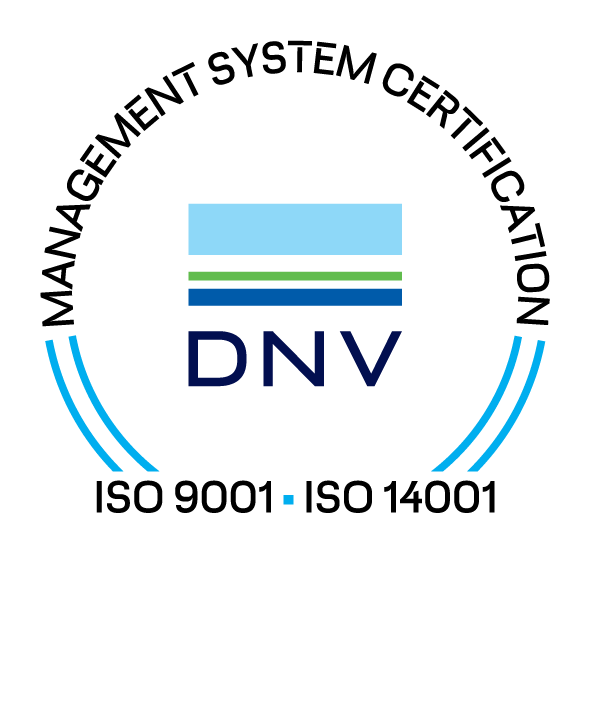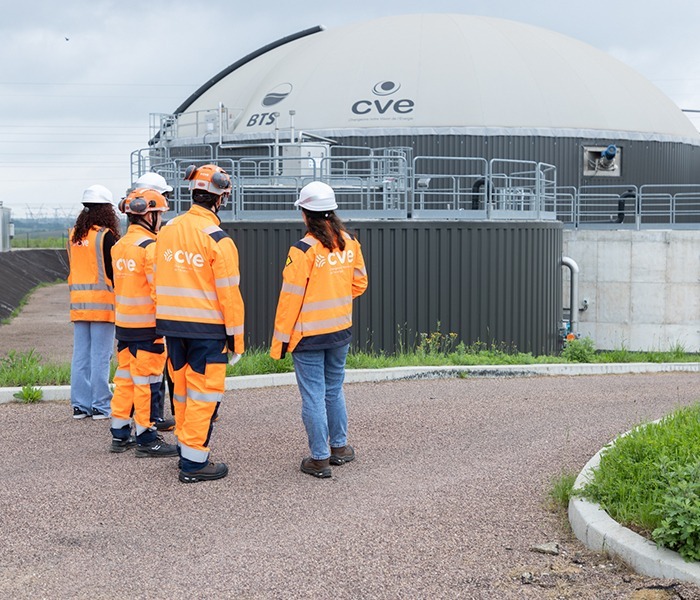
Biogas
Present across the entire methanization value chain, we produce biomethane and bioCO₂ . We also offer agronomic solutions, bio-waste management and supply of organic matter.
CVE defends a decentralized regional energy model and wants to promote short circuits. Our methanization unit are rational, sustainable and on a human scale, integrating a logic of recycling, relocation and return to the soil.
Local projects for sustainable renewable gas
With operations in France and Spain, we offer municipalities, the agricultural world, manufacturers and other businesses the opportunity to develop medium-sized methanization projects that are firmly rooted in their local communities and involve all stakeholders from the outset.
Each project is designed in consultation with local stakeholders, and our development model includes opening up our capital to them, fostering a win-win partnership.
We produce green, local and sustainable gas as part of a circular economy.
We are committed to respecting the environment while ensuring the profitability and sustainability of our projects.
Methanization, a response to the challenges of a wide range of players
Methanization meets a number of major challenges for municipalities, businesses and the agricultural world.
Thanks to our teams’ in-house expertise across the entire methanization value chain, we can provide concrete answers to a number of challenges:
- Circular and local economy
- Regulatory compliance
- Energy transition
- Decarbonation
- Land valuation
- Soil fertilization
- Attractiveness
CVE Biogaz makes its in-house expertise available to support its customers in implementing turnkey solutions. We help local authorities, businesses and the agricultural world to meet today’s challenges in terms of bio-waste management, energy transition, industrial decarbonization – in particular through our BPA offer (Biomethane Purchase Agreements), a contract for the direct over-the-counter sale of renewable gas – and sustainable agriculture.
Our biogas solutions
As an integrated player across the entire value chain, we offer a range of services and solutions to meet the needs of local authorities, the agricultural world, manufacturers and other businesses:
Biomethane production
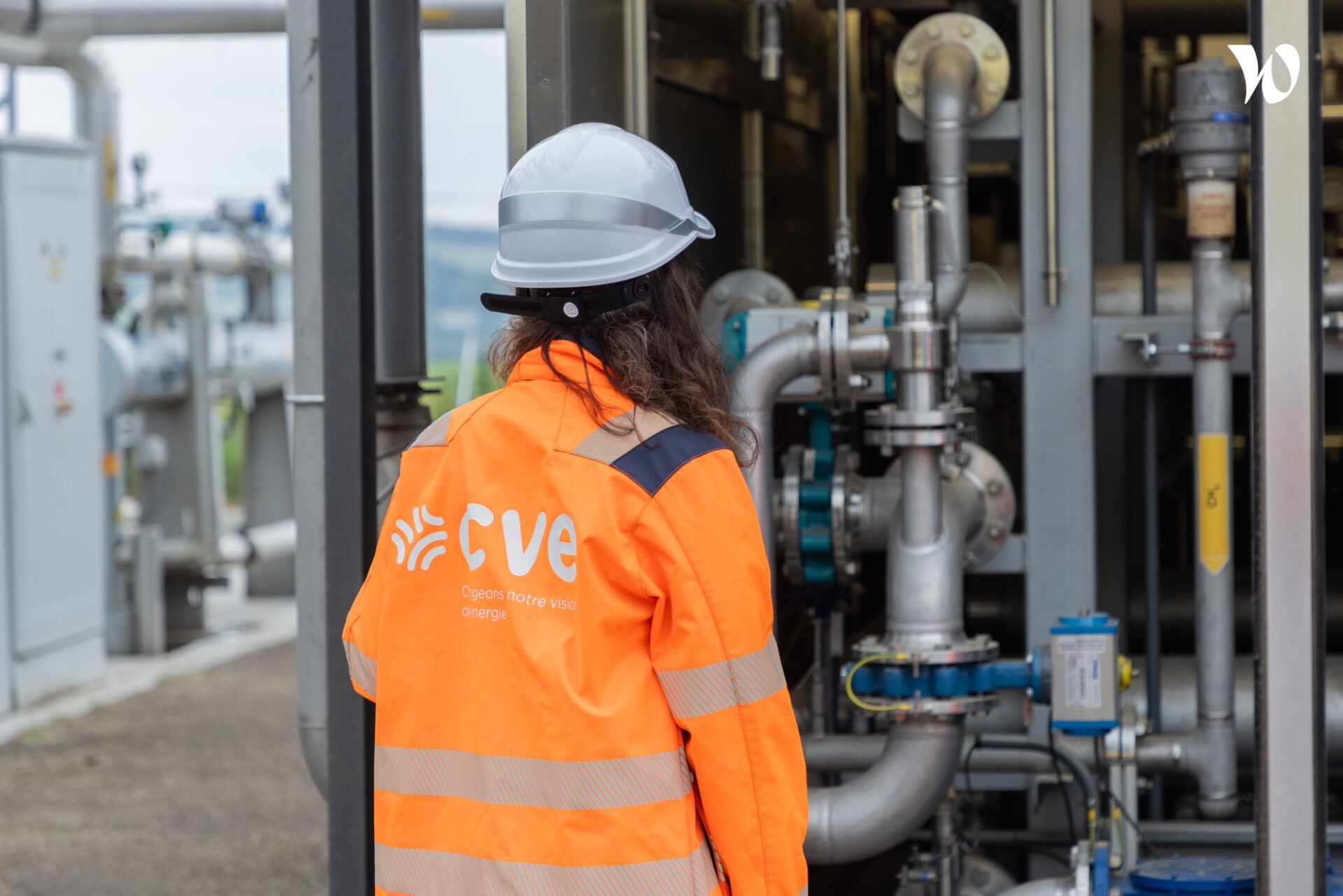
Our offer covers the development and operation of methanization units dedicated to the recovery of local organic waste, with a view to producing biomethane that is directly injected into the local gas network.
Supply of BioCO₂
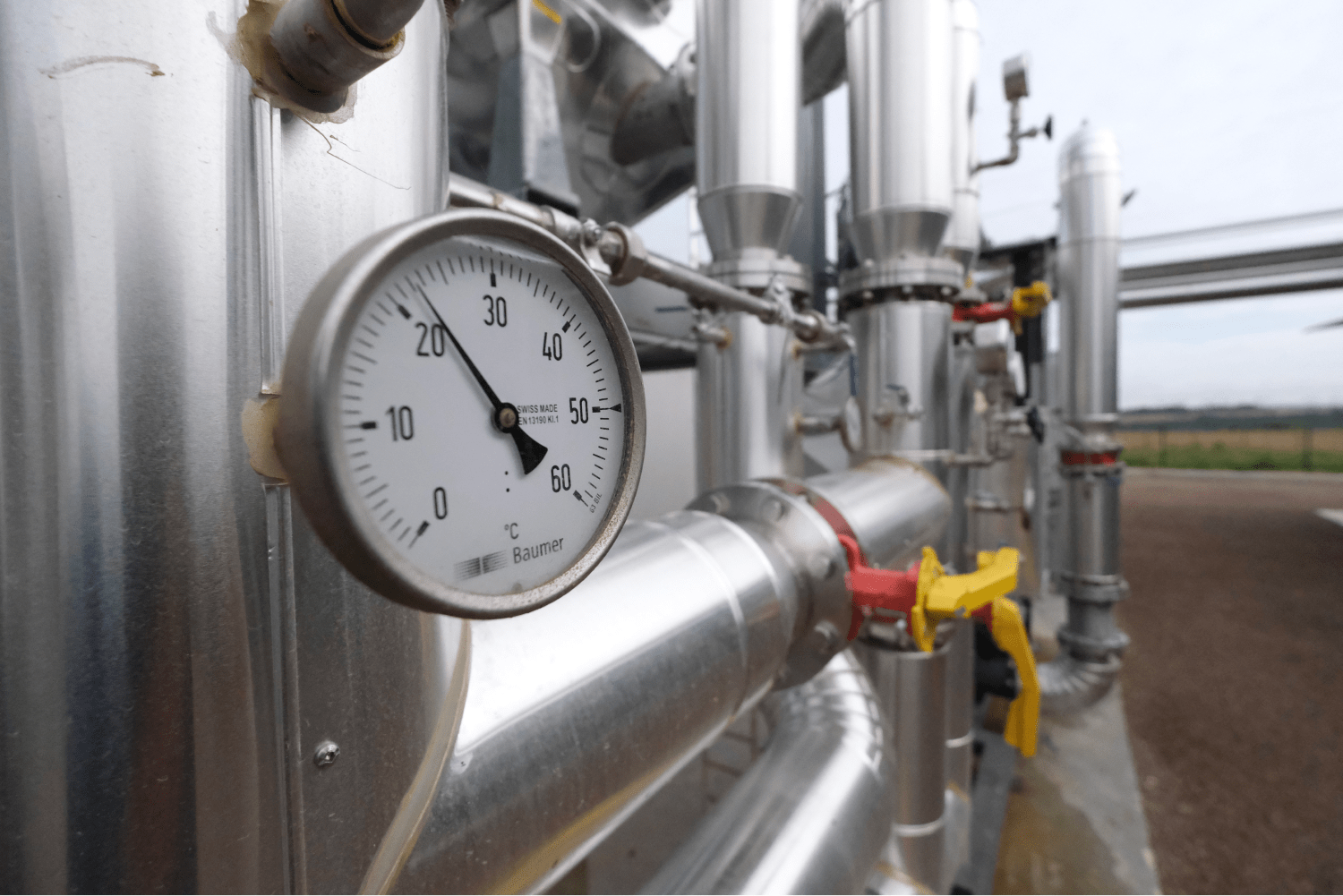
Our offer concerns the supply of biogenic CO₂ from our methanization activities, distributed in a short circuit through a sustainable territorial dynamic, for use in industry or transport.
Regener: our solutions for agriculture
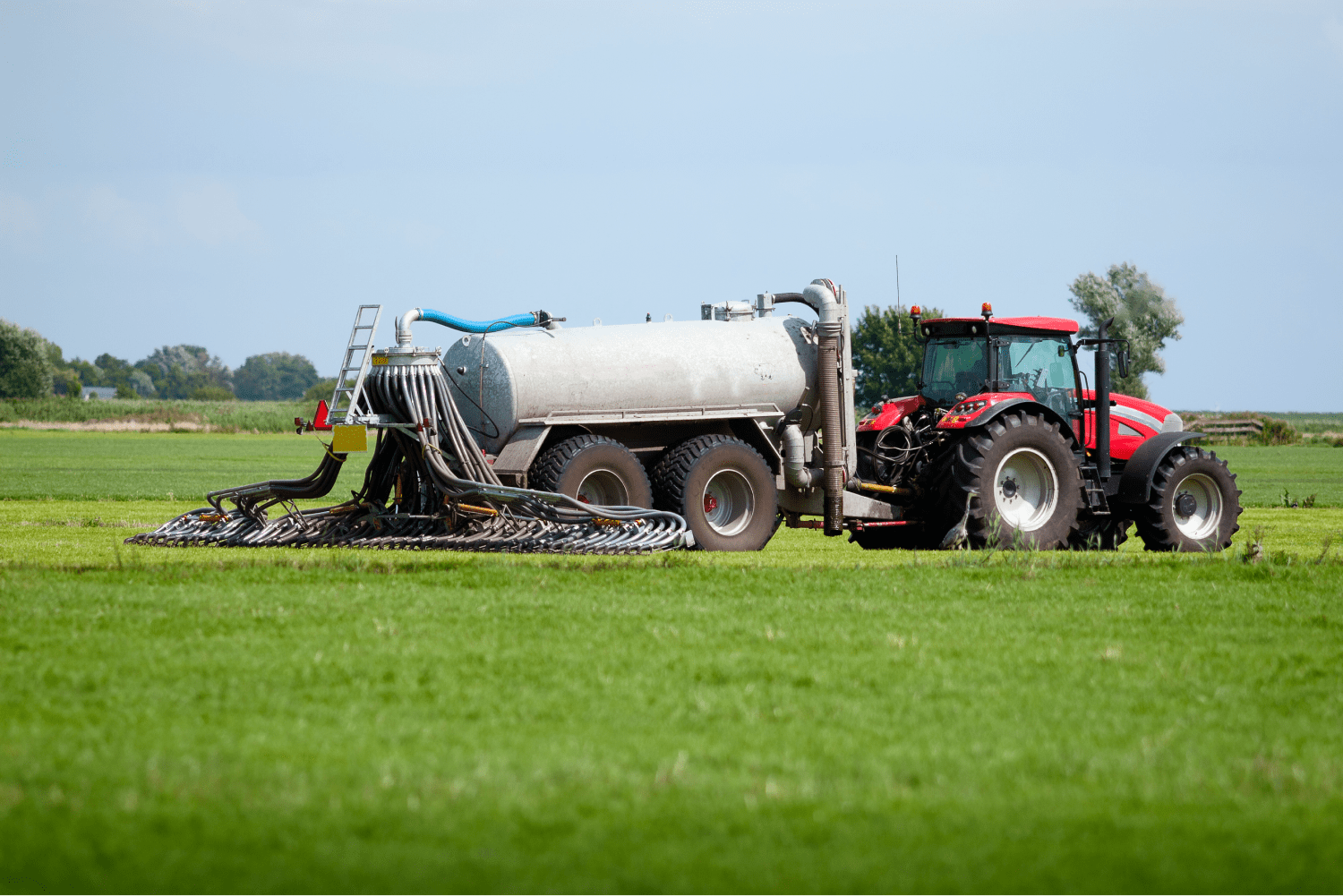
Our offer includes the production of natural organic fertilizers and the supply of agronomic solutions and a spreading service for digestate from methanization.
Ecovalim: biowaste management

Our offer includes a comprehensive organic waste management service, with collection, pre-treatment and recovery of food leftovers for our methanization units.
Biolid: advice and supply of organic matter
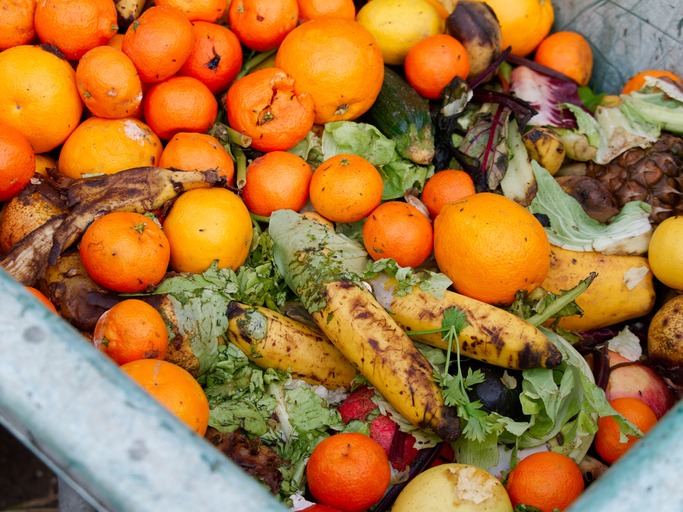
Our offer is dedicated to the recovery of industrial organic flows for our own units and for treatment units acting as traders.
A player present across the entire methanization value chain
CVE Biogaz is the only independent player present across the entire methanization value chain, from biowaste collection to biomethane production and the return of organic matter to the soil for the needs of agricultural crops. Our position as an integrated player means we can guarantee complete traceability.
We develop, finance, build and operate our methanization units. Present at every stage of the project, we maintain our commitment after the unit has been commissioned, offering municipalities and their residents a privileged contact.

Biogas in figures at CVE
12
methanization units in operation and under construction, producing 250 GWh/year

345 000 t
of organic waste treated for recovery in 2024

140
people as of March, 31 2025
Our biogas news
4 March 2025
CVE passes the €100 million sales mark in 2024 and strengthens its market position
Key figures 2024 2025 outlook * Estimated and excluding asset disposals ** Budget in the process of being validated Despite…
Lire l’article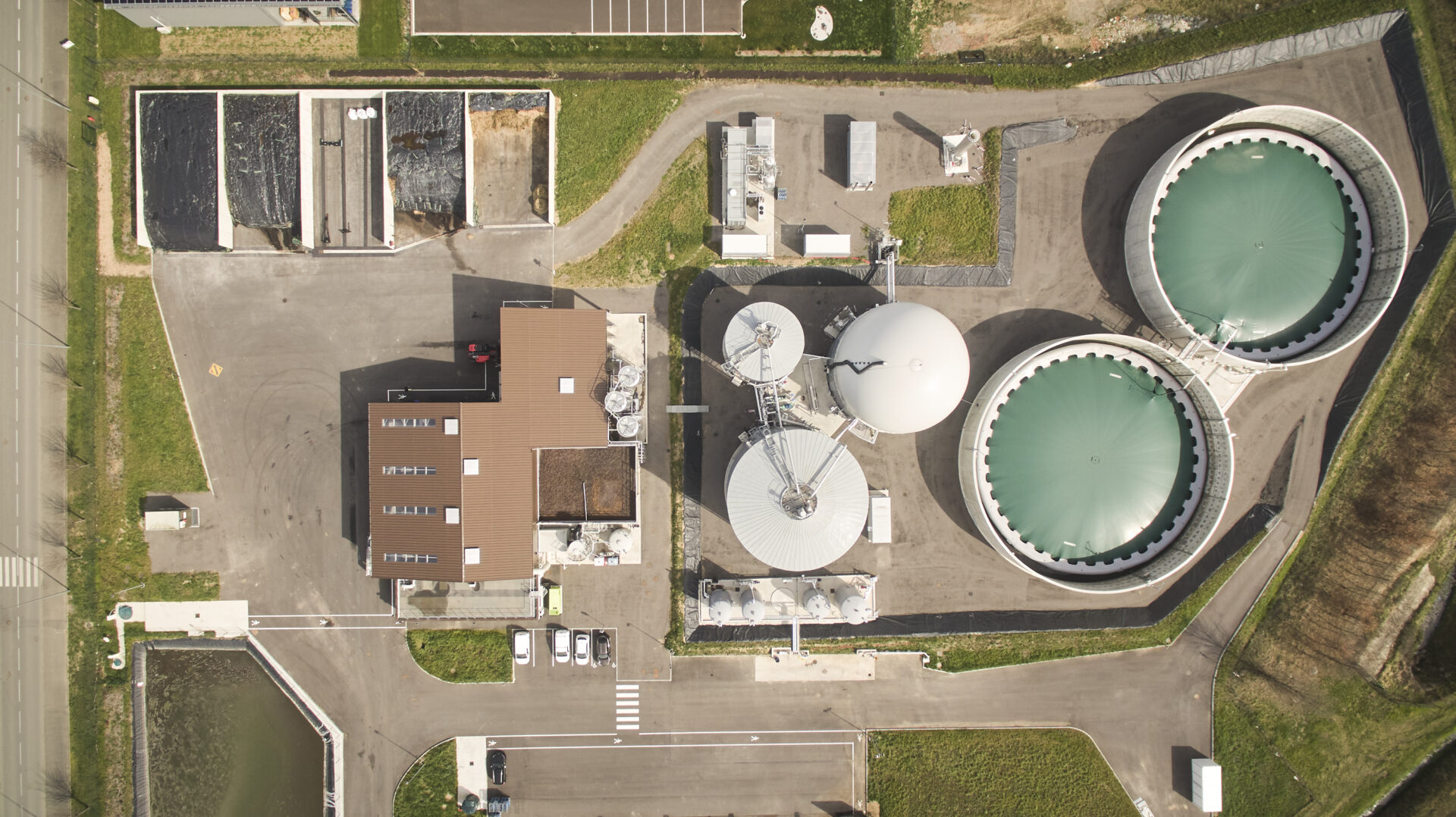
Do you have a question or a project?
Our experts can help you turn your methanization project into a reality, or simply study your needs and expectations and answer your questions.
Send us your message and we’ll get back to you as soon as possible.
